10 Tuscan villages to visit during a trip to Italy
Summer is most people’s preferred time to travel. I am of the opposite persuasion. During summer I work in the city as licensed Florence tour guide and await the eventual subsiding of the Death Valley temperatures. To me, summer means escaping to the Tuscan countryside. So, here are my favorite 10 Tuscan villages to visit!
They look like they were made to satisfy a photographer’s wishes, but in fact have been shaped by centuries of history and still proudly host wonderful traditional festivities.
10 Tuscan villages you should visit
There are so many beautiful villages in Tuscany really worth visiting, and it’s hard to make a choice and only picking ten of them. So I picked my favorite ones, in a mix of super famous and touristy ones (like San Gimignano) and other ones that are less known and where I love to go to escape to crowds.
Most of them can’t be reached by train, as they don’t have a train station, and there are very few and unreliable buses. The best way to visit them is with a rental car, doing a road trip in Tuscany.
Here is an itinerary for a road trip of 7 days in Tuscany and Florence. Here instad you’ll find all my tips for car rental in Florence and Tuscany.
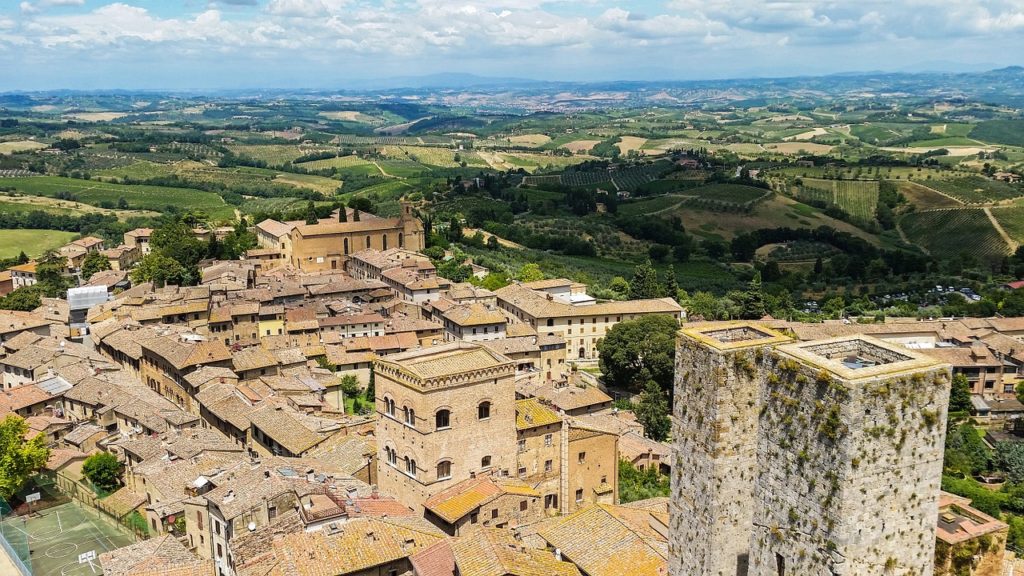
Certaldo
The village of 14th-century writer Giovanni Boccaccio has Etruscan origins but a medieval aesthetic. It is perched upon a hill that is closed to traffic – the village is reached by funicular. Do not miss the museum of Boccaccio’s home or the Pretorio palace with its subterranean prison.
Last but certainly not least, don’t miss out on the onions! Certaldo onions have been famous since antiquity. They feature on the town’s coat of arms and are even mentioned in Boccaccio’s Decamerone, written in the XIV century. Today, they are presided over by a slow food association and are used to make superb dishes, preserves and jams.
The medieval writer Boccaccio is the local celebrity (and a pillar of Italian literature) as he was born in Certaldo. You can even visit his house, that today is a small museum.
You can easily get to Certaldo by train from both Florence and Siena. From Florence it takes 1 hour, from Siena only 45 minutes.
- If you want to know more, check my favorite things to do in Certaldo.
Most beautiful village to visit in Tuscany: San Gimignano
With its crop of medieval stone towers rising up from the sprawling green mass of Siena’s countryside, this is probably the best-known, most iconic of the Tuscan villages you should visit. Its throng of tourists is unfortunately proportional to this status – every packaged tour of Tuscany passes through – but it is nonetheless too spectacular not to visit at least once!
In San Gimignano there is the world famous Gelateria Dondoli, where you can try one of the most awarded gelato in Italy. I personally think that their gelato is good, but not the best. Here you can find the list of all my favorite places for a gelato in Florence.
Be aware that San Gimignano can be unbelievably crowded during spring weekends and the whole summer. Try to plan your visit on a weekday if you can.
There are no train stations in San Gimignano, so you can only go there by car. But a great option is taking a day trip from Florence including transportation, lunch and wine tasting.
Bolgheri
One of the Tuscan villages of which I am most fond, situated just a stone’s throw from my hometown, Livorno. Bolgheri is known worldwide for the beautiful cypress-lined avenue connecting it to Aurelia ancient road, as well as Sassicaia, one of the world’s most prestigious wines. It is a very quiet place, its old stone houses vineyards, the sea, and cool, mottled hills.
I also recommend you to visit the village of Castagneto Carducci, just a couple of miles away from Bolgheri.
The beach is very close, with the costal villages of Donoratico and Marina di Castagneto, on what is called Costa degli Etruschi. They are not ancient villages and quite plain compared to pretty Bolgheri. But during the hottest days of summer it’s a pleasure to dip into the fresh waters of the Mediterranean Sea.
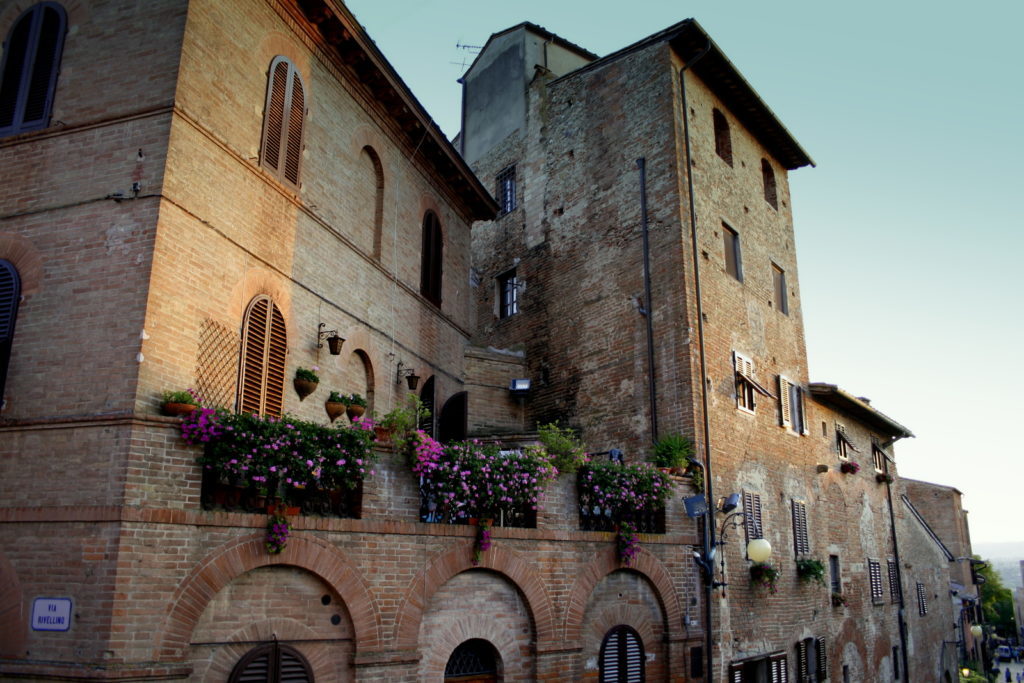
Volterra
Visit this village between Pisa and Siena to stride through a history spanning the Etruscan era to the Middle Ages. Surrounded by massive Etruscan walls and crammed with buildings such as churches and palaces steeped in history, the town rolls back the centuries every August with Volterra AD 1398, a grand medieval reenactment among the most fascinating and beautiful in Italy.
There is a very important archaeological museum with tons of Etruscan artifacts, jewellery, sarcophaguses and much more. And Volterra is also famous for alabaster, which is locally sourced and carved.
Volterra is quite close to both Siena and Pisa, so the two towns can be easily visited together.
Monteriggioni, best medieval village in Tuscany
From without, Monteriggioni looks like an illustration from a book of fairytales. It lies on a hill outside Siena, its castle enclosed by mighty fortifications from which square towers sprout. Every summer the village stages a medieval reenactment named Monteriggioni di torri si corona (that means Monteriggioni crowned by towers), as written in Dante’s Divine Comedy.
Monteriggioni is located in between Florence and Siena (but more close to Siena). So it makes a perfect stop during a road trip in Tuscany, while reaching Siena.
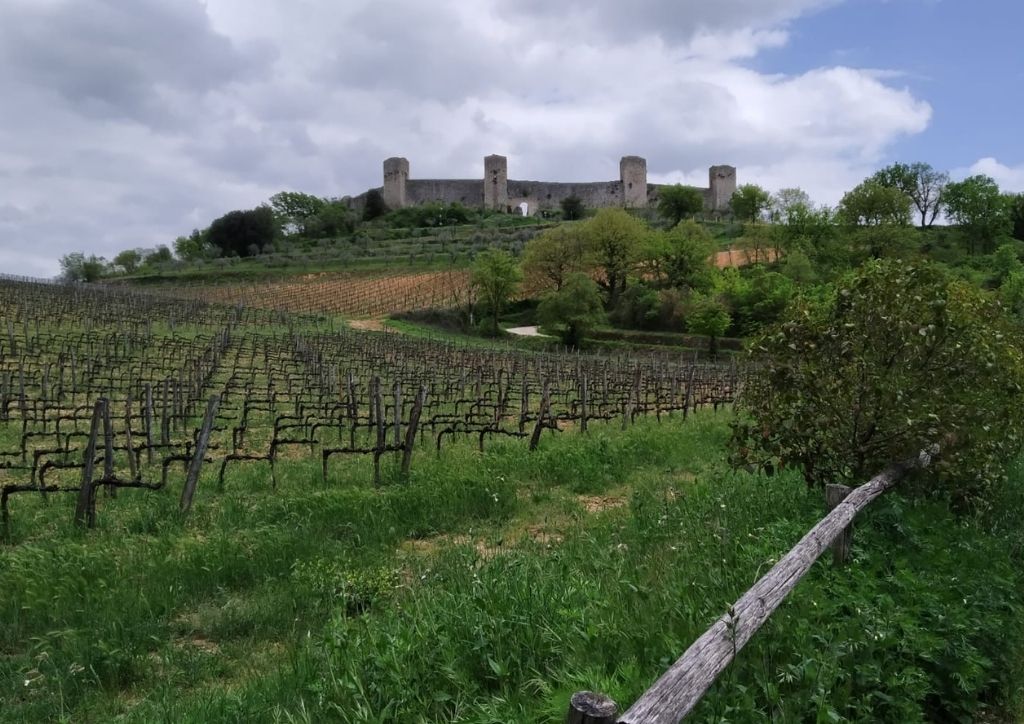
If you don’t move around by car, here are some options for an organized day trip from Florence, including transportation and lunch.
Scarperia, beautiful village near Florence to visit
Mugello is one of the most wild, beautiful and authentic valleys in the province of Florence, and Scarperia is its crowning jewel. Renowned for its ancient knife craftsmen and the Priori palace, Scarperia lies in the heart of the valley and it’s definitely one of my favorite Tuscan villages to visit.
Scarperia is still surrounded by its medieval walls, and you can walk on the top of them and enjoy the view of the countryside and the village from above.
I also recommend to visit the simple but wonderful romanesque church of Sant’Agata, that dates back to the X century. It’s in a hamlet just a few kilometers away from Scarperia, named Sant’Agata.
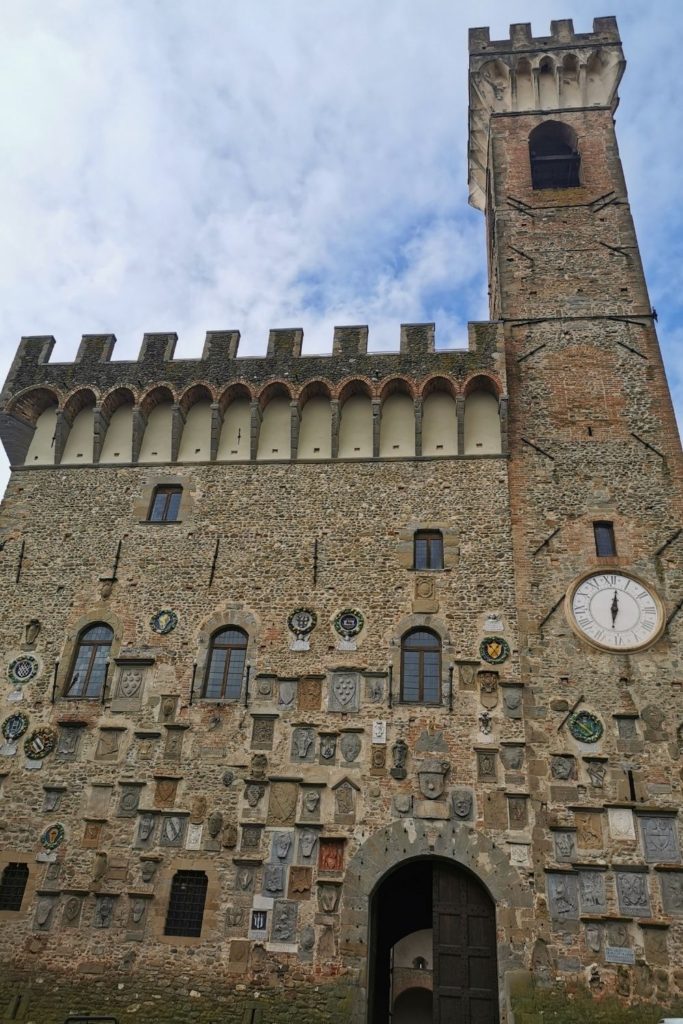
And how about discovering some of these villages on a vintage vespa tour?
Borgo a Mozzano
The name of the village is unlikely to be familiar, but its wondrous bridge might be. The Ponte de Diavolo (Devil’s Bridge) stretches its characteristically crooked, asymmetrical back over the Serchio river, linking Borgo a Mozzano to the pastures beyond. On October 31st the village hosts a magnificent Halloween party to which people from all over the country travel.
Borgo a Mozzano is located on the Apennines, the mountains going from north to south along the entire boot of Italy, like a spine. It’s in the province of Lucca, and can be reached only by car, as it’s very small and isolated. I also love the close-by village of Bagni di Lucca, once a very popular thermal bath town nestled on the mountains.
Cortona and the Val d’Orcia valley
Located on Tuscany’s border with Umbria, this once-Etruscan settlement still retains an authentic historical atmosphere. Do not miss out on a trip to Eremo le Celle, a nearby monastery immersed in forest, founded by Saint Francis of Assisi in the XIII century.
Cortona is also home to an important archaeological museum dedicated to the Etruscan civilization.
The whole area around Cortona, called Val d’Orcia, is one of my favorite parts of Tuscany. There are many other wonderful villages, like Bagno Vignoni, with the unique medieval pool to collect thermal waters. San Quirico d’Orcia is very close to Cortona, so you can visit both villages at the same time.
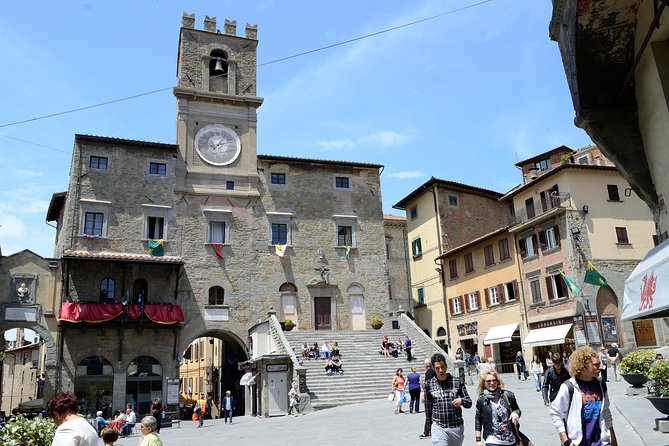
San Quirico d’Orcia
Located along the via Francigena in the Val D’Orcia, this world heritage site produces some of the best extra virgin olive oil in the world (check this post to know more about tuscan extra virgin olive oil). Every year the village celebrates its work with its Oil Festival! That’s a great chance to taste not only the oil, but all of the yummy products made in the Val d’Orcia valley. Cheeses, salami, truffles and much more.
San Quirico is very close to Cortona, both nestled in Val d’Orcia. That’s two peas in a pod! The area is also close to Assisi, even if that village is in a different region (Umbria). And Assisi is gorgeous, especially if you like medieval art.
Bibbona
A small medieval Tuscan village to visit in the Val di Cecina valley, less well-known than its neighbors Bolgheri and Castagneto Carducci (and definitely less touristy). Bibbona is surrounded by a gorgeous mediterranean forest and the beaches of Marina di Bibbona and Costa degli Etruschi are at a stone’s throw.
The train station is about 6 km away from the village, and there are very few connecting buses (one every 90 minutes or so). So the only really doable option is the car.
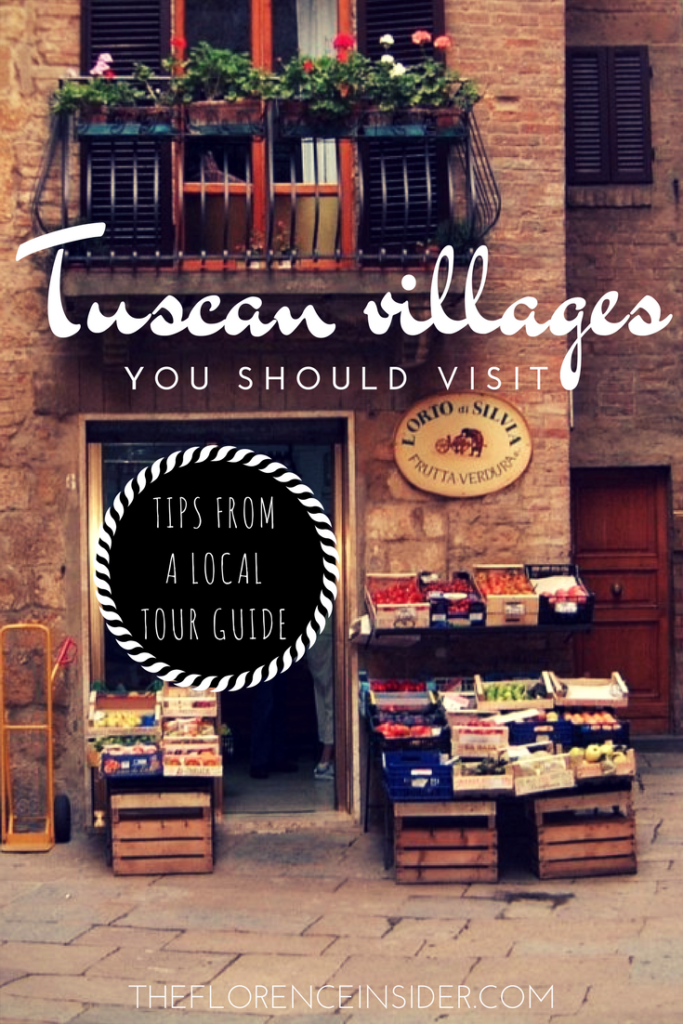
Several years ago we enjoyed two weeks exploring Tuscany. The only plan we had was a long weekend in Florence. We went wherever the road took us, booking a hotels as we went. We had a fantastic two weeks but did feel as though we lost time constantly packing / unpacking as we moved from one hotel to the next.
We’d love to do a Tuscan road trip again, but this time we’d spend a few days in each town and do day trips from there before moving on to the next town. Something worth considering when you’re planning your own road trip.